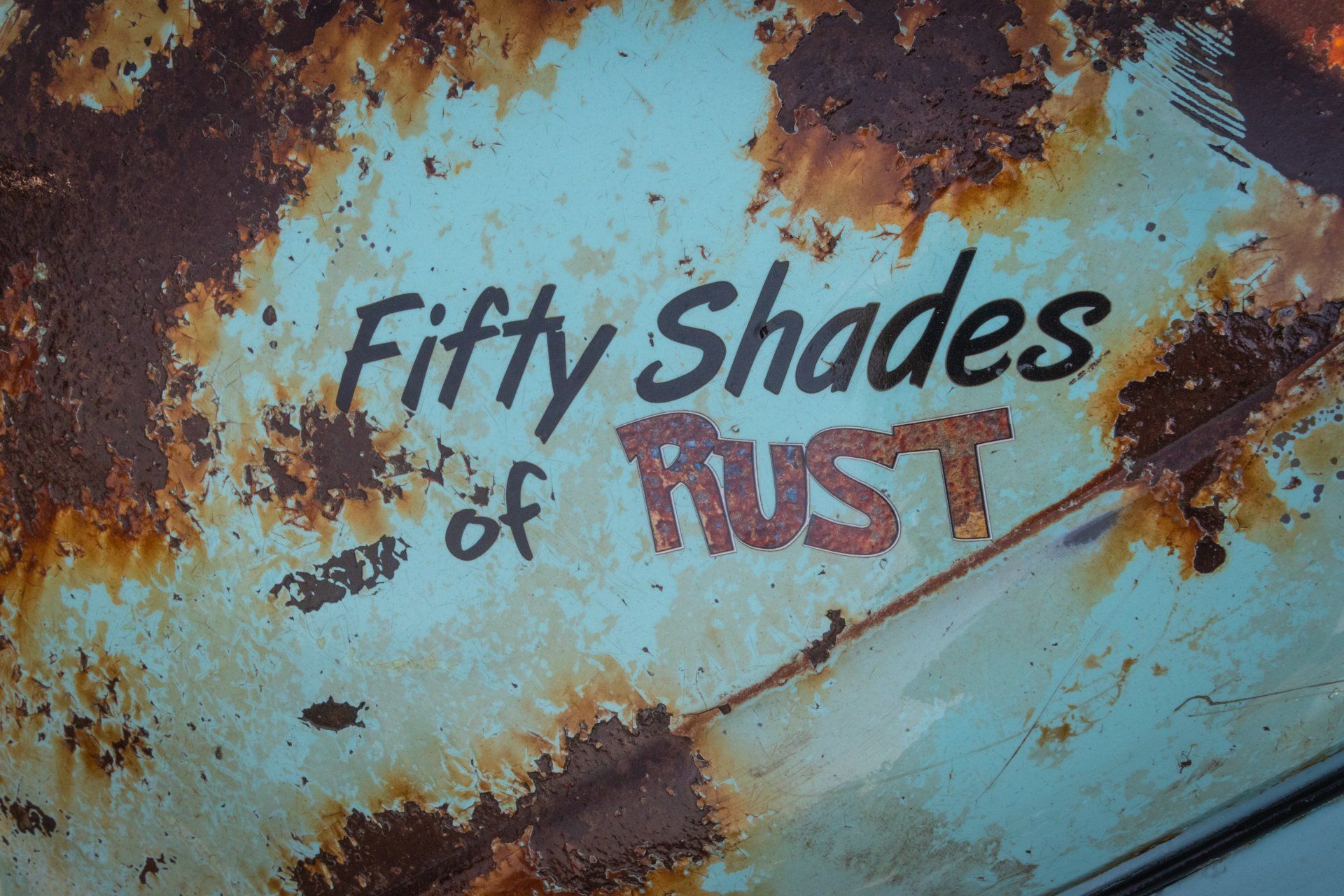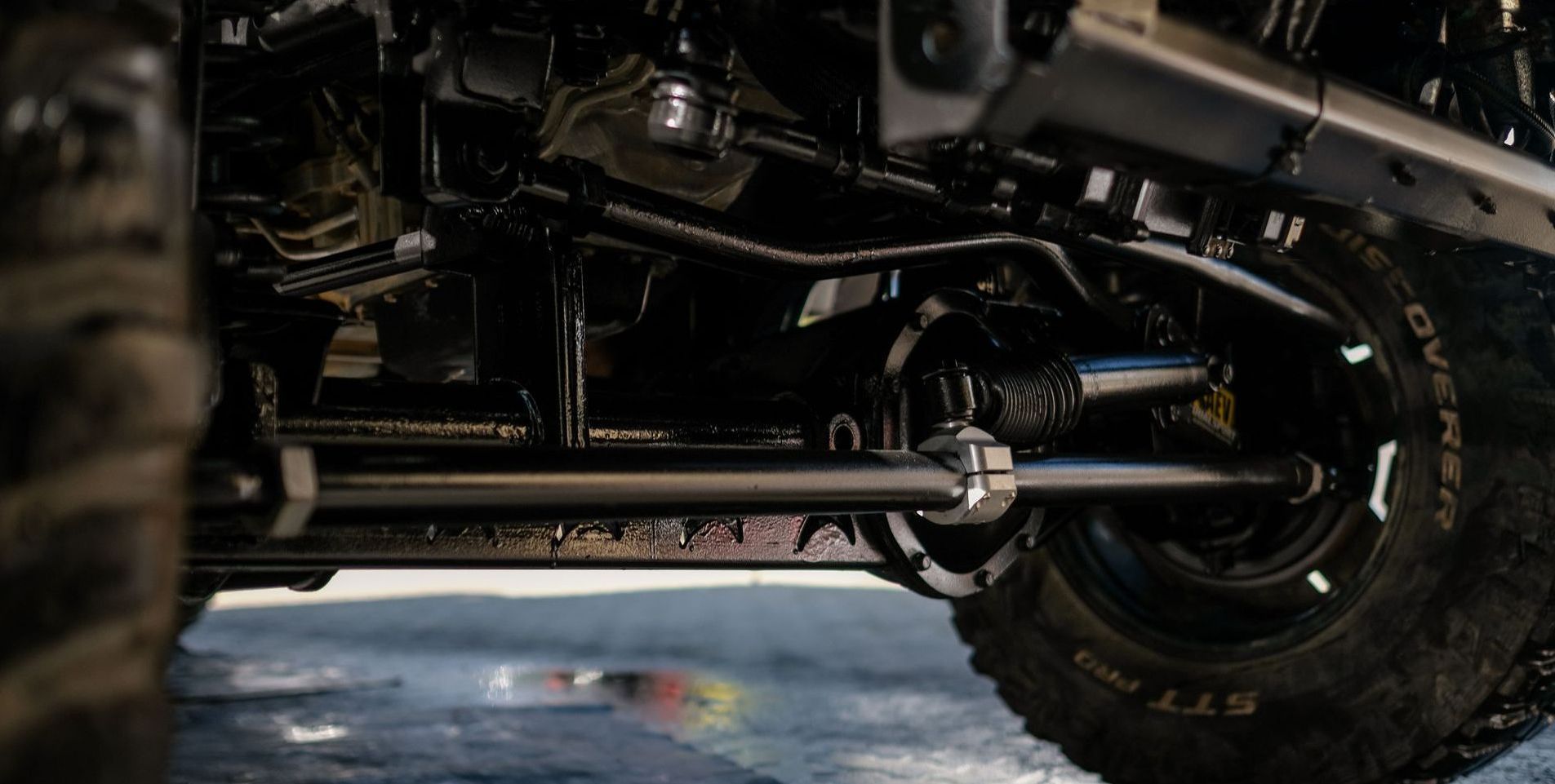Rust: What you need to know

Rust, a common enemy of metal surfaces, comes in a surprising array of colours, each revealing valuable information about its origin and nature. Today, we'll embark on a journey to explore the different colours of rust, their causes, and what they mean for your metal structures.
Red Rust: The Classic
- Cause: Iron oxide, formed by exposure to oxygen and moisture
- Significance: The most common type, indicating surface corrosion
Yellow Rust: The Hydrated Cousin
- Cause: Iron oxide hydroxide, formed by exposure to water or high humidity
- Significance: Indicates a more advanced stage of corrosion
Brown Rust: The Mixed Bag
- Cause: Iron oxide hydrate, a mixture of red and yellow rust
- Significance: Signals a more severe corrosion process
Black Rust: The Heat-Induced Enemy
- Cause: Iron oxide magnetite, formed by high temperatures
- Significance: Indicates a hard, flaky crust that's difficult to remove
Green Rust: The Saltwater Saboteur
- Cause: Chloride-induced corrosion, formed by exposure to saltwater or seawater
- Significance: Indicates a highly corrosive environment
White Rust: The Galvanised Menace
- Cause: Zinc oxide, formed on galvanised surfaces exposed to moisture and carbon dioxide
- Significance: Signals a weakened protective layer
Blue-Green Rust: The Copper-Induced Corrosion
- Cause: Contact with copper or copper alloys in the presence of moisture
- Significance: Indicates a corrosive reaction between metals
The colours of rust offer valuable clues about the underlying causes of corrosion. By recognising these colours and understanding their significance, you can take informed action to prevent and treat rust, protecting your metal structures from further damage.
Stay vigilant and keep the rainbow of rust at bay!
Anthony Anti-Corrosion Coatings and Supplies BLOG




